CHICAGO, IL – In a troubling development following last month’s massive dust storm across the Midwest, environmental officials have confirmed that toxic agricultural compounds were present in the airborne dust that swept through parts of Illinois, Indiana, and southern Michigan on May 16.
According to the National Weather Service and follow-up air sampling by health agencies, the storm—which blanketed areas from Chicago and Bloomington to Champaign and South Bend—contained ammonium and nitrate particles, likely lifted from recently treated farmland.
Storm Conditions Caused Widespread Impact
During the storm’s peak:
- Visibility dropped below 0.25 miles in multiple regions
- High winds pushed dust into urban centers like Chicago and Bloomington
- Highways including I-55 and I-65 faced blinding conditions
- Vehicle crashes, power outages, and respiratory issues were widely reported
- Emergency responders were called for breathing difficulties in several communities
This marked the first time in over 90 years that Chicago experienced a dust storm of this intensity—and likely the first where toxic particles were confirmed.
What Was Found in the Dust?
Post-storm analysis revealed:
- Ammonium – Common in agricultural fertilizers
- Nitrate compounds – Associated with recently treated crop fields
- No industrial toxins were mentioned, but findings raise concerns for rural air safety
Experts believe the wind event lifted surface chemicals directly into the atmosphere, dispersing them into nearby cities within hours.
“This could be the first documented case in the U.S. of a dust storm carrying toxic agricultural residues into populated urban areas,” said one environmental analyst.
Safety Measures and Ongoing Monitoring
Residents in impacted areas were advised to:
- Close windows and doors during the storm
- Use indoor air purifiers
- Limit outdoor activity immediately following dust events
- Stay alert for future air quality advisories this summer
Monitoring continues in affected regions as weather experts warn of more dust events possible in the coming months—particularly due to ongoing drought conditions and heavy seasonal farming activity.
What’s Next for Illinois?
Climate analysts and local health officials are urging:
- Better tracking of air quality after agricultural treatments
- Possible policy reviews on farming chemicals during dry seasons
- Increased public awareness for rural and suburban communities vulnerable to dust transport
The May 16 storm may serve as a wake-up call for the Midwest as changing weather patterns and agriculture collide with new public health risks.
Were you in Chicago, Bloomington, or nearby areas during the May 16 dust storm? Did you experience health effects or notice reduced visibility? Share your story in the comments—and let us know if you’re taking new precautions this summer.
Stay tuned with ChicagoSuburbanFamily.com for updates on Midwest weather trends and public health alerts.



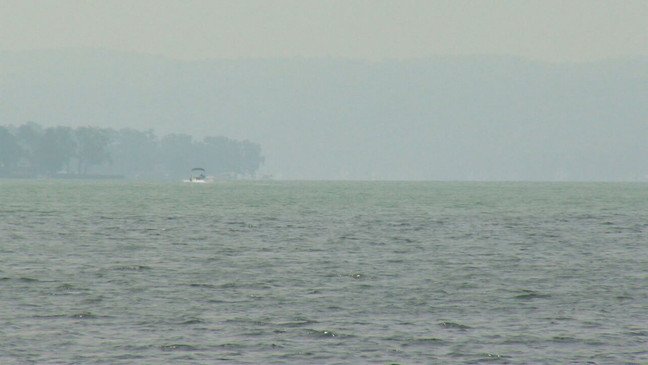

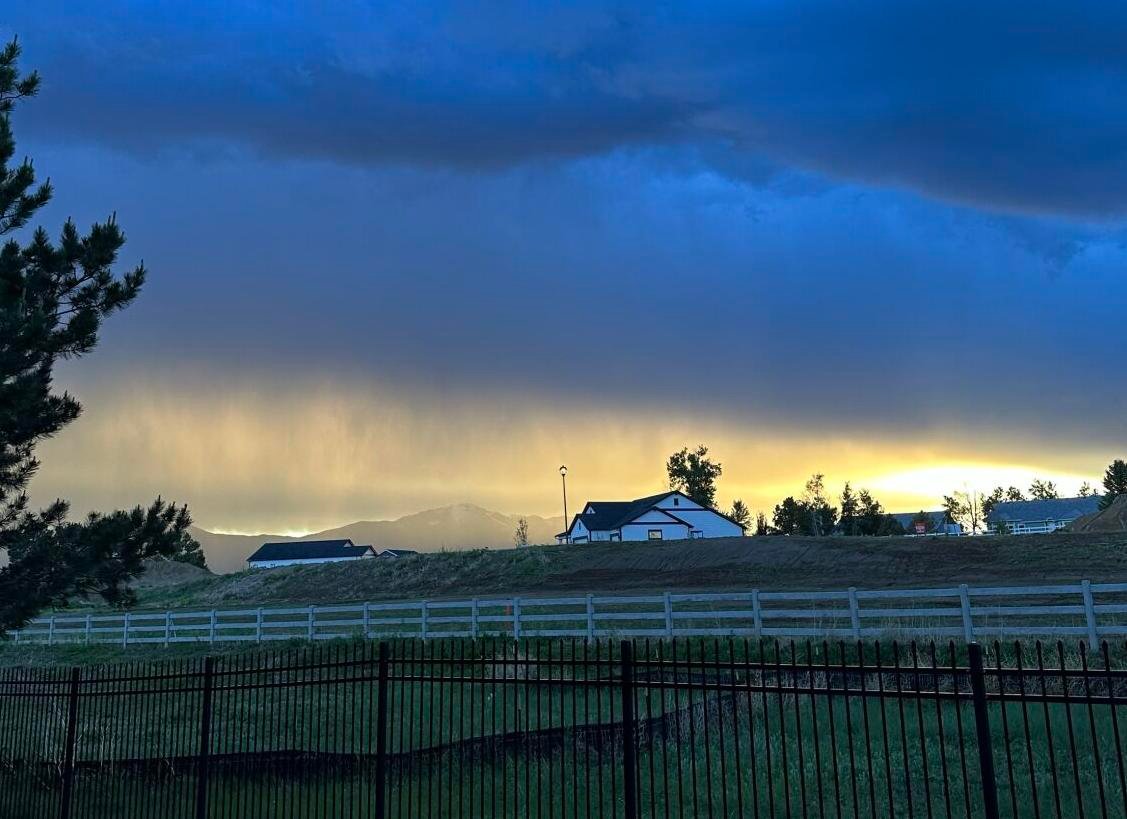
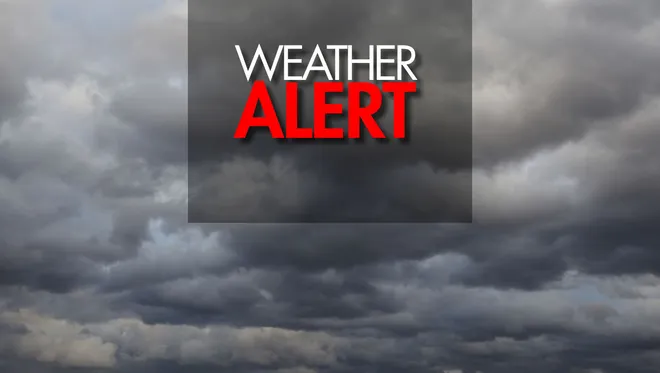


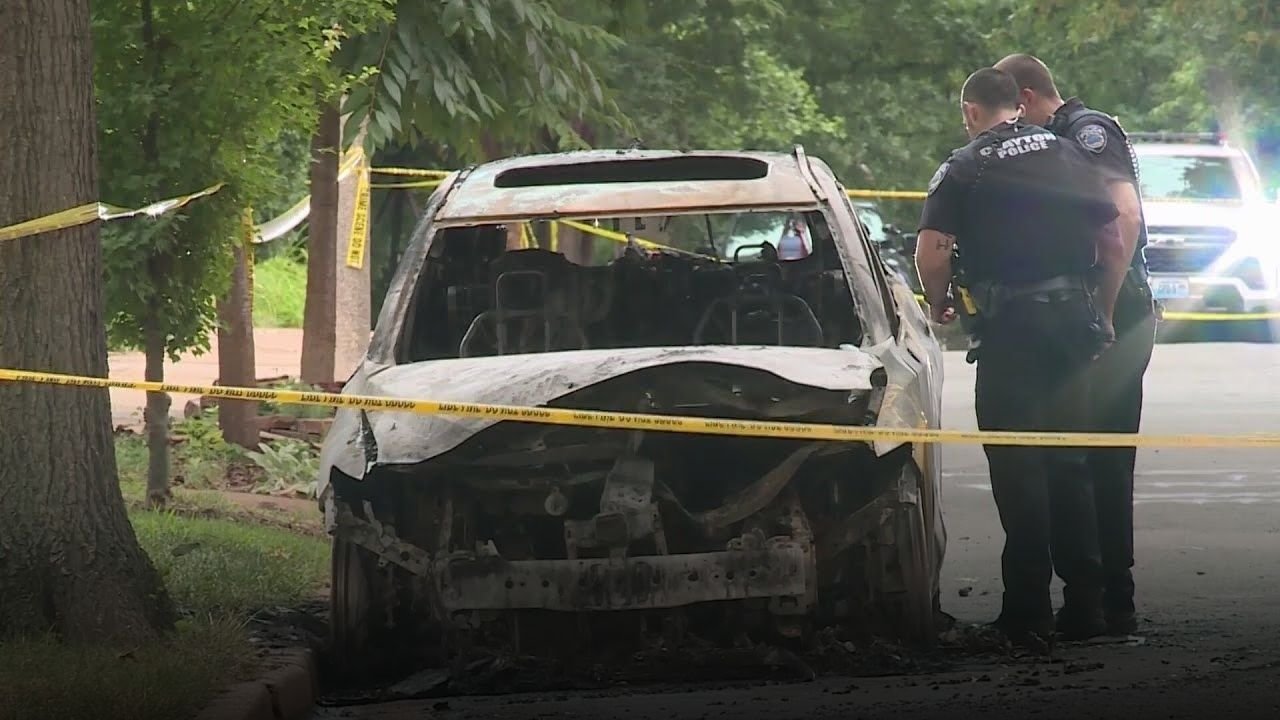




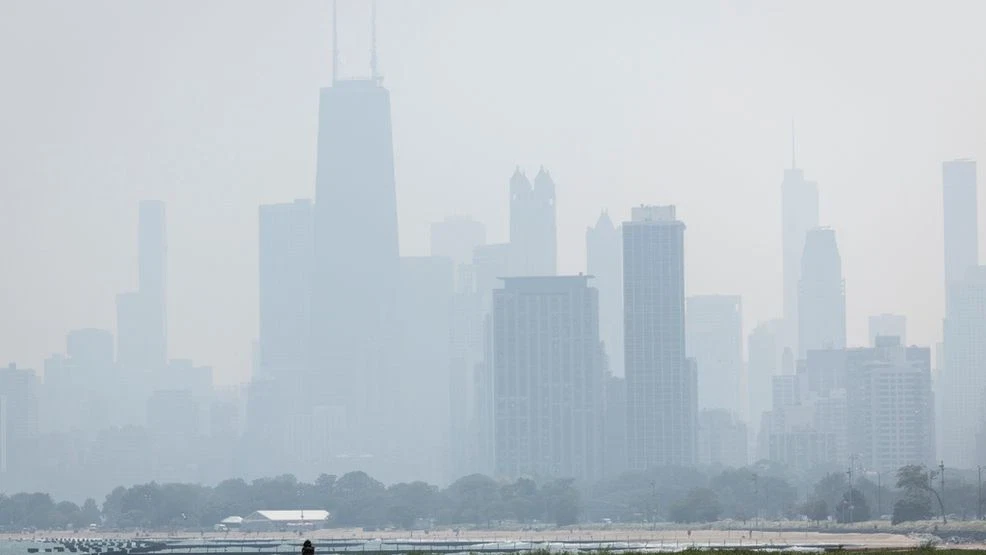
I was delivering that day (am an Amazon delivery driver for a DSP out of Palatine), up in Harvard, right on the Wisconsin border, all day. All day I was fighting both the wind and the dust storm.
That night my eyes were burning badly enough that eye drops only added to the pain. Upon getting home end of day, I discovered my mostly white beard was back to sandy blonde. I was covered in sand/dust. My Wrangler was covered all the same.
Pretty wild stuff.
My eyes still hurt but are finally responding to eye drops/moisture.
If it’s so toxic then why do farmers spray it all over there ground an crops???? Think about this it’s not the dust storm it’s the chemical
John, it’s a good question — the issue may lie in the type and concentration of chemicals involved in large-scale spraying vs. what was carried in the storm. We’ll keep covering this as new findings emerge.